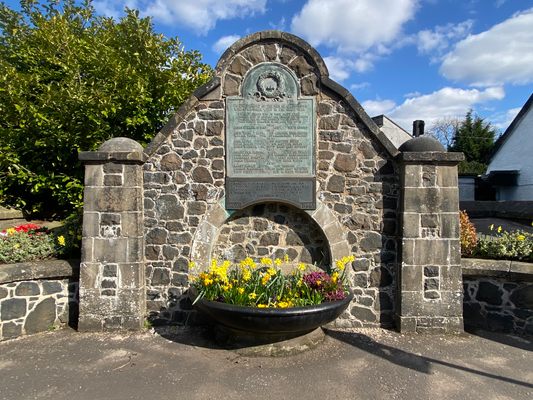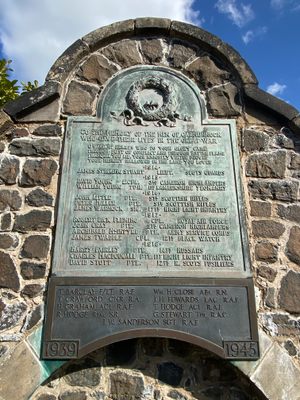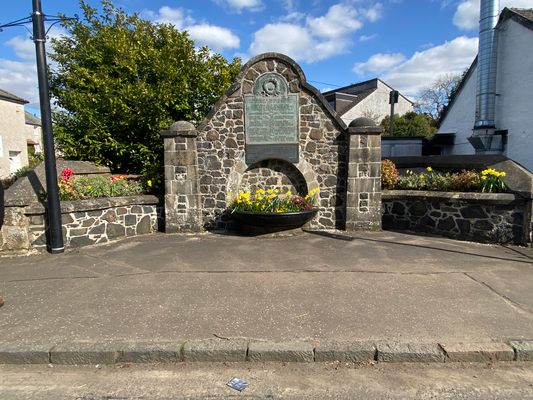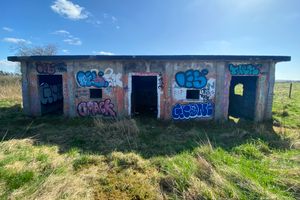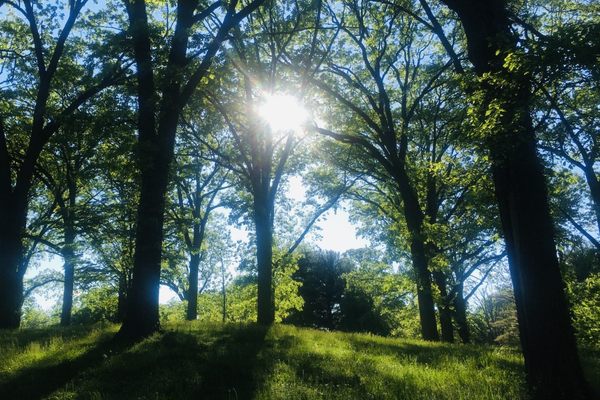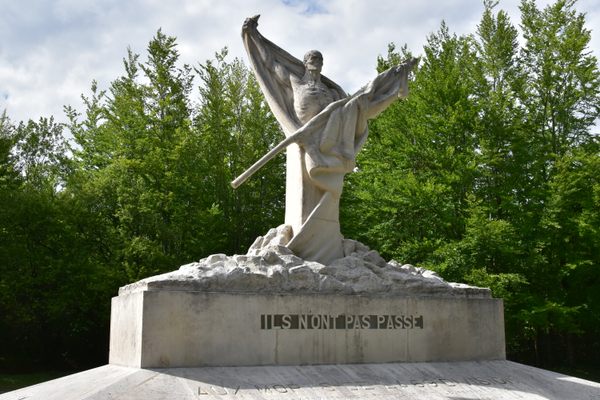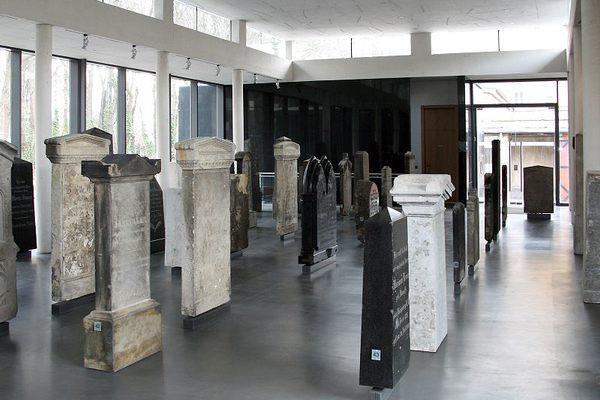About
Across the road from Castlemilk Hall in the village of Carmunnock sits this war memorial.
Originally constructed in 1922, it displayed the names of 13 men from the village who lost their lives during World War I. It was erected by the Laird of Castlemilk, Mr. William Stirling-Stuart. His son James Stirling Stuart was the first of the 13 men to be killed in the war, and it was his love of horses that inspired the memorial's design. He was a lieutenant in the Scots Guards and was killed in Ypres while directing an offense on German machine gun positions in November 1914.
The memorial, constructed from sandstone, has an attached metal trough below. The trough is now filled with flowers and maintained by the community of Carmunnock, but in the past, it was used as a watering hole for horses. There would be a regular procession of farm carts delivering fresh produce from nearby towns and villages, this allowed the horses to stop for a drink.
A second plaque was later added to commemorate the names of the nine local men who lost their lives in World War II. The memorial has a verse inscribed from O Valiant Hearts, a poem written by Sir John Stanhope Arkwright. A grant was received by the War Memorials Trust in 2008 and the memorial was cleaned, repaired, and rendered, leaving this fine tribute to remember those who sacrificed their lives during these global conflicts.
Related Tags
Know Before You Go
The war memorial can be found easily on Windlaw road, one of the main roads passing through the small village of Carmunnock. It sits on the other side of the road from a car garage and Castlemilk Hall.
In Carmunnock Church there lies another tribute to the men who served in World War I. Beneath the organ gallery, there is a Roll of Honour listing all of the 117 men from the community who served in the war.
By the pulpit, there are two magnificent stained-glass windows designed by Norman McLeod MacDougall, a local artist from the village. These two windows also list the 13 men who died in World War I.
Flavors of Scotland: Beyond the Haggis
Smoked seafood, single malt whisky, and warm hospitality.
Book NowCommunity Contributors
Added By
Published
April 27, 2021
